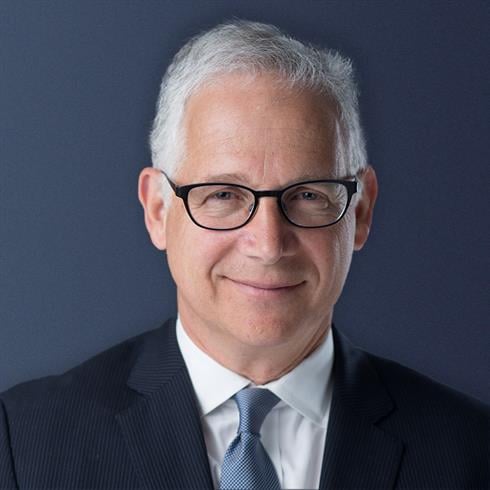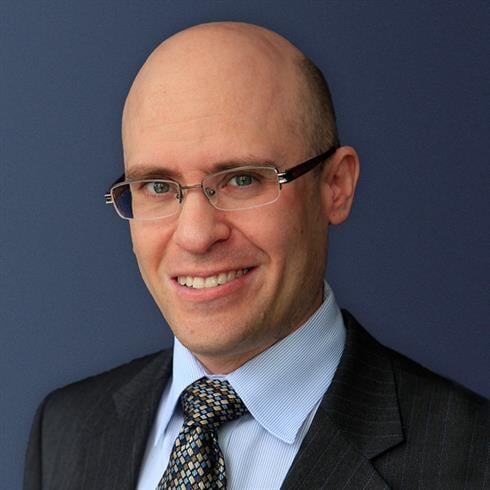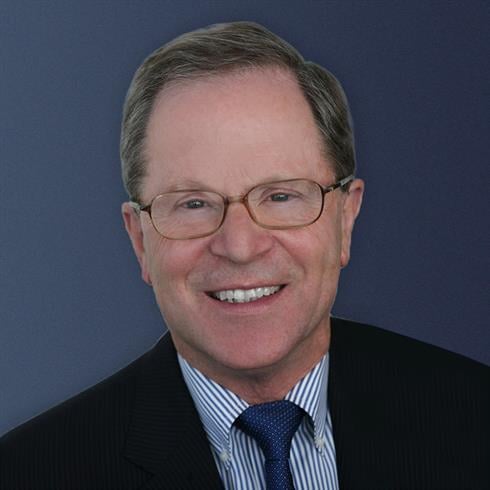Novartis Pharmaceutical Wage & Hour Class Action – $99 Million Overtime Pay Settlement
Case Type: Wage & Hour
Filed in: U.S. District Court for the Southern District of New York
Docket: Case no.: 1:06-MD-01794
Case Summary
In 2006, Sanford Heisler Sharp filed separate class action lawsuits, in the Central District of California and the Southern District of New York, against the pharmaceutical giant Novartis Pharmaceuticals Corporation (”Novartis”) on behalf of sales representatives who were unlawfully denied overtime wages, in violation of the Fair Labor Standards Act (FLSA).
The class actions were consolidated in New York federal court, with a plaintiff class composed of approximately 2,500 sales representatives employed by Novartis roughly between March 2000 and April 2007.
In 2009, the Court granted Novartis’ motion for summary judgement on plaintiffs’ FLSA claims, and Sanford Heisler Sharp appealed to the United States Court of Appeals for the 2nd Circuit.
In July 2010, the 2nd Circuit ruled for the appellant sales representatives, finding that Novartis had failed to prove that the class members were ineligible for overtime under the FLSA.
In February 2011, the United States Supreme Court denied Novartis’ application to review the 2nd Circuit’s decision. Following the Supreme Court’s denial of review, counsel for Novartis and Sanford Heisler Sharp engaged in extensive negotiations to explore settlement of the plaintiffs’ overtime class action.
In January 2012, the parties reached an agreement to settle the case for $99 million, which was one of the largest-ever settlements of a wage and hour case.
Procedural History
News Coverage
- Bloomberg, January 25, 2012 – Novartis Will Pay $99 Million to Settle Overtime Lawsuit
- Reuters, January 25, 2012 – Novartis to pay $99 mln in sales rep overtime case
- The Associated Press, January 25, 2012 – Novartis to pay $99 million to settle federal lawsuit over sales representatives’ overtime pay
- Wall Street Journal, January 25, 2012 – Novartis Settles U.S. Overtime Case
- Pharmalot, January 25, 2012 – Novartis Pays $99M To Settle Overtime Rep Suit
- Business Insurance, January 25, 2012 – Novartis Agrees to $99M Settlement in Sales Rep Wage Dispute
- American Lawyer, January 25, 2012 – As Supreme Court Mulls Overtime for Pharma Sales Reps, Novartis Settles Class Action for $99 Million
- 2nd Circ Novartis Ruling Muddies Sales Rep OT Issue
- Novartis Sales Reps Win Lawsuit for Overtime Pay
- 2nd Circuit Finds Novartis Drug Reps Not Exempt From Overtime Law
- Guess Who’s On the Winning Side in the Latest Novartis Employment Loss?
- Read the U.S. Department of Labor’s Amicus Brief contending that Novartis Sales Representatives are entitled to overtime pay
- DOL Backs Novartis Sales Reps in FLSA Suit Appeal
- Labor Dept: Sales Reps Should Be Paid Overtime
Attorneys Involved in the Case
David Sanford
Chairman
Jeremy Heisler
Co-Vice Chairman
Andrew Melzer
New York Partner
Grant Morris
Of Counsel





